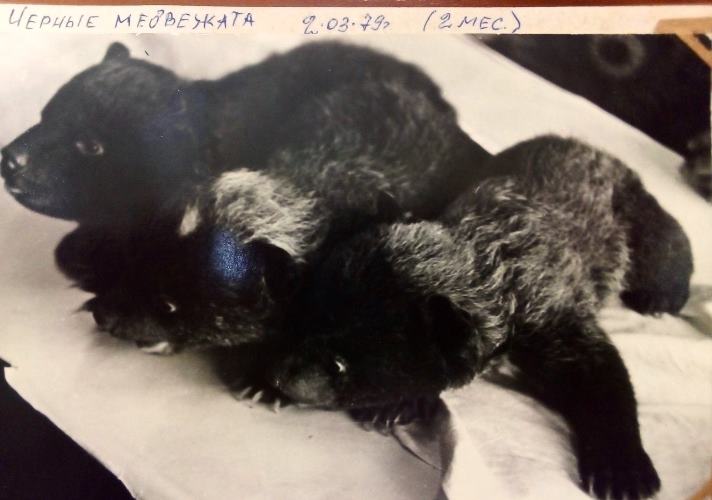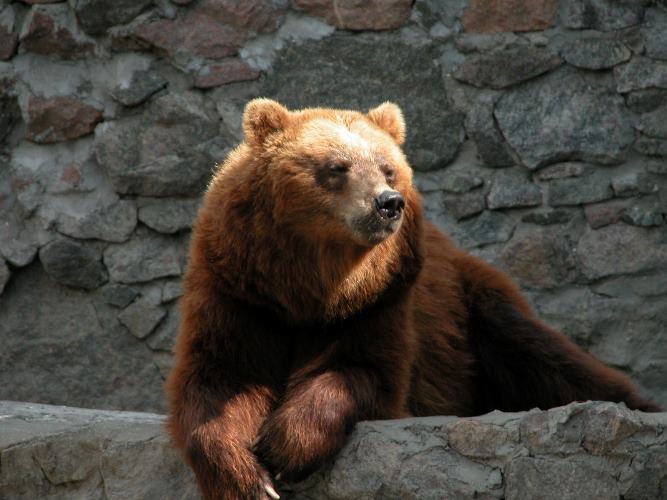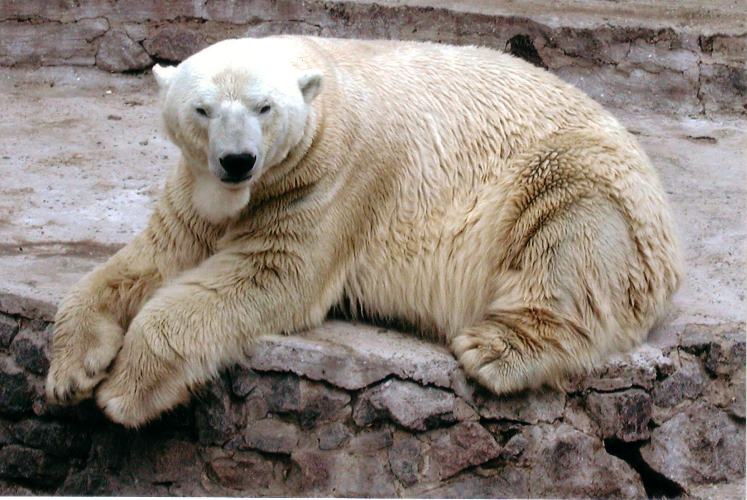Happy bears day
On May 10, 2021, we celebrate Happy Bears Day. For the third year in a row, the European Association of Zoos and Aquaria is holding an event dedicated to this day.
The purpose of this thematic day is to acquaint children and adults with the diversity of bears in the world and the problem of conservation of these wild animals.
The largest of modern terrestrial carnivores belong to the family Ursidae. Currently, there are eight species of bears on Earth: polar bear (Ursus maritimus), brown bear (Ursus arctos), American black bear (Ursus americanus), Asian black bear (Ursus thibetanus), sun bear (Helarctos malayanus), sloth bear (Melursus ursinus), spectacled bear (Tremarctos ornatus) and giant panda (Ailuropoda melanoleuca).
Due to poaching, deforestation and environmental pollution, the range of most bear species is rapidly declining. Climate change is also not the best way to affect the numbers of these animals.
Today is a good occasion to tell about the experience of keeping different species of bears in Mykolaivv Zoo.
Brown bears were kept in our zoo before the Second World War, on the territory of the zoo of Mykola Leontovych. The brown bear (Ursus arctos) is one of the largest land carnivores in the world. The brown bear forms several subspecies that differ in size and color. This is due to the widespread of this species. The lifespan of this animal in captivity is from 20 to 40 years. In Ukraine, the brown bear is found in the Carpathians, where, according to the staff of the Carpathian Biosphere Reserve, in the fall of 2005 there were about 200 animals. Also, isolated brown bears are sometimes registered in the north of Chernihiv and Sumy regions: animals of a small permanent population that exists in Bryansk forests come here, but there are no permanent populations of brown bears in Ukraine outside the Carpathian Mountains.
The following subspecies of brown bears were kept in Mykolaiv Zoo:
Eurasian brown bear (Ursus arctos arctos) – it is found in most of Eurasia.
Himalayan brown bear (Ursus arctos isabellinus) – lives in the mountains of the Pamirs, Tien Shan, the western Himalayas and Afghanistan. Its habitats are mountain forests, alpine and subalpine meadows. It feeds on plant (fruits, berries, nuts) and animal food and carrion.
Kamchatka brown bears (Ursus arctos beringianus) – live on the Kamchatka Peninsula. The habitat of this carnivore – the whole area, except for the highlands and wetlands. As a rule, most individuals live in protected areas of Kamchatka. Once a year, they leave their comfort zone and gather in crowds near rivers and lakes, where fish come to spawn. Favorite delicacy - salmon, which contains the necessary supply of fat for winter. A pair of Kamchatka brown bears Shaitan and Shata came to our zoo from Moscow Zoo on September 25, 1979. From the first day this pair of bears lived together in our zoo. The male was actively involved in the upbringing of bear cubs, despite the fact that in nature male bears do not participate in the upbringing of children, and may even be aggressive towards cubs. From 1984 to 2000, Shata gave birth to 39 cubs and raised 32.
Since 1956, our zoo began not only to keep, but also to breed polar bears (Ursus maritimus). It was in our zoo that a pair of polar bears, Ermak and Bilka, gave birth to movie star Aika, who became the heroine of the popular documentary film "Polar bear" by Soviet director-cameraman Yu. Ledin.
The polar bear is the largest carnivore on our planet. Among zoos of Ukraine these giants are kept only in Mykolaiv Zoo, it is really pride of our collection.
In the 80s - 90s of the last century in Mykolaiv Zoo lived four individuals (two males and two females) of American black bear (Ursus americanus). This bear, distributed from northern Alaska and Canada to central Mexico (Nayarit and Tamaulipas) and from the Atlantic to the Pacific coast.
Asian black bear (Ursus thibetanus) have lived in Mykolaiv Zoo since the 1970s and for three decades. The Asian black bear is sometimes called the "moon bear" for its characteristic crescent-shaped spot on its chest. It lives in mountain forests from Iran through Afghanistan, Pakistan and the Himalayas to Korea and Japan. In the north, the area covers the northeast of China (Manchuria) and the Primorsky Krai of Russia, and in the south reaches the north of Vietnam and the islands of Hainan and Taiwan. In the Himalayas in summer it lives at an altitude of 3000-4000 m, in winter it descends to the foot of the mountains. Unlike the brown bear, the Asian black bear leads a semi-tree lifestyle – in the trees it forages, there it escapes from enemies and gnat.
The reasons for the declining population of Asian black bears are deforestation, especially cedar and deciduous, and forest fires deprive them of their main habitats, pushing them into areas with poorer forage and protective conditions. In addition, the felling of hollow trees deprives animals of the most convenient and safe winter shelters. Reducing the number of reliable shelters increases the death of bears from enemies-predators. Poachers shoot them to obtain bile and meat, and in Chinese medicine, various organs of this animal are used.
On October 25, 2002, a pair of sloth bears (Melursus ursinus) began to be kept in our zoo: male Horst and female Janet. The sloth bear is the only member of the genus Melursus. (Lat. mel - "honey", Lat. ursus - "bear"). Countries of inhabitancy: Bhutan, India, Nepal, Sri Lanka. Strong limbs and inward-pointing paws are well suited for climbing and digging, rather than for fast and flexible movements. The sloth bear eats mainly termites, honey, ants, fruits, root tubers.
Nowadays 5 bears live in Mykolaiv Zoo: 3 polar bears are male Nanuk, female Zefirka and their daughter Smetanka and Kamchatka brown bears are brothers Myron and Vakula (their parents are Shaitan and Shata). At the disposal of our animals are spacious enclosures with swimming pools, cozy dens and a complete nutritious diet, including fish, meat, vegetables and fruits. The natural filling of enclosures – logs, stumps, driftwood - are excellent elements of enriching the environment of our animals. And for visitors there are observation decks, where they can safely watch the giants at any time of year.


